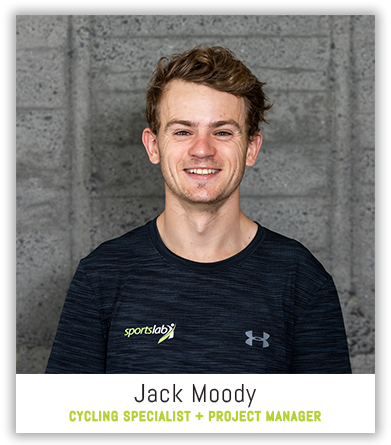Aero is Everything.
What is Aerodynamics?
Of all the forces you must overcome on your bike, the two greatest energy sappers are gravity and air resistance. Anyone that’s ridden on a windy day in Auckland knows all about this. The faster you go the bigger the drag forces are. The ultimate question is how do you go faster without having to work any harder? The answer – Aerodynamics.
For years people have tried all sorts of crazy bikes and positions to try and go faster. You only have to look at the hour record attempts in the 1990’s from Graeme Obree and Chris Boardman to see the lengths people were willing to go.
At speeds exceeding 40kmhr nearly 80% of forward momentum is opposed by air resistance , but less than half of this resistance is from your superbike. Your bike is merely a tool to put you in the best position possible to cheat the wind.
Aerodynamics – Is it Worth it?
For years the common perception is that aerodynamics is purely for the fastest riders chasing those extra 1% ers. However this is not the case. If you think about it in terms of time saved on course that 1 or 2% improvement equates to far more time saved for the slower rider than the faster rider. A slower rider is obviously out on course for a longer period of time which means the wind hits them at a far greater range of angles
With the help of a diagram and a little bit of trigonometry you can see that if the wind hits you at 90 degrees to the direction of travel at say 30km/hr and the forward momentum of say 30km/hr then the wind you will feel whilst on the bike is at 45 degrees. For a rider that is travelling at a higher speed then this effective yaw angle is reduced. This means that the faster riders will experience a more head on feel of the wind but at higher forces whereas the slower riders are subjective to a far wider range of yaw angles.
Marriage of Bike Fitting and Aerodynamics?
The easiest way to cheat the wind and save time against the clock is to put yourself in a position that has the smallest possible frontal area to the wind. Sparing the details, the smaller the frontal area the faster you will be. This usually means getting lower, longer and narrower on the bike. This isn’t always possible for everyone. This is where bike fitting comes in, to apply sound knowledge of anatomy and biomechanics with creative ways to overcome limitations. I take myself for example where due to tight hip flexors I have reduced my crank size to 165mm so I can still get low without generating a large dead spot at the top of my pedal stroke.
A good bike fit should be the first port of call for anyone looking to ride faster. The fitter should be able to quickly assess all key range of motions and then apply them to your fit to create the best position possible. A 10% reduction in drag can be easy to achieve for the untrained cyclist and result in minutes saved in your next race.
So what next?
The best approach to make real improvements is to book yourself in with a bike fitter that is experienced with not only aerodynamics but bike fitting and biomechanics … cough cough Sports Lab.
Jack Moody is a Sports Lab Bike Fitter. As a professional triathlete, Jack spends his spare time as a bike geek with us at Sports Lab . Working alongside Hannah, Jack uses his background in Mechanical Engineering and Aerodynamics to help optimise every rider to their true potential on the bike.




